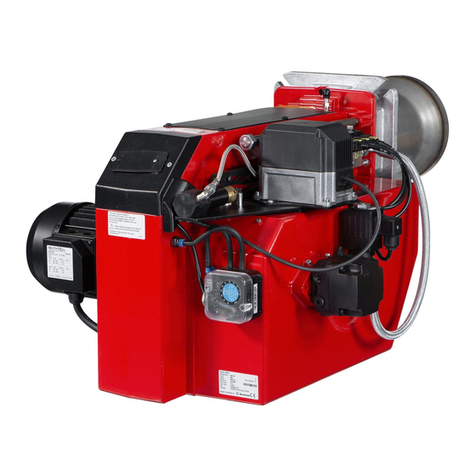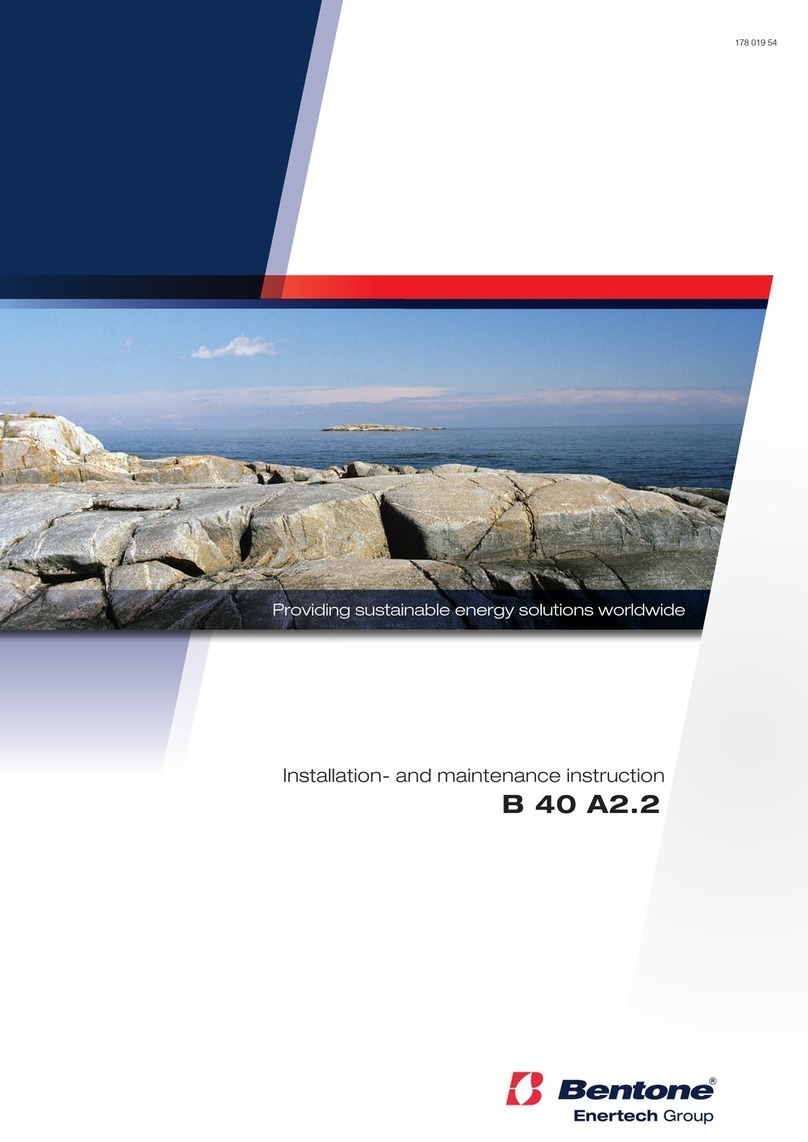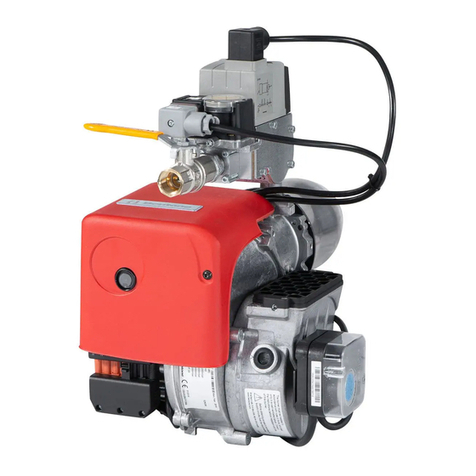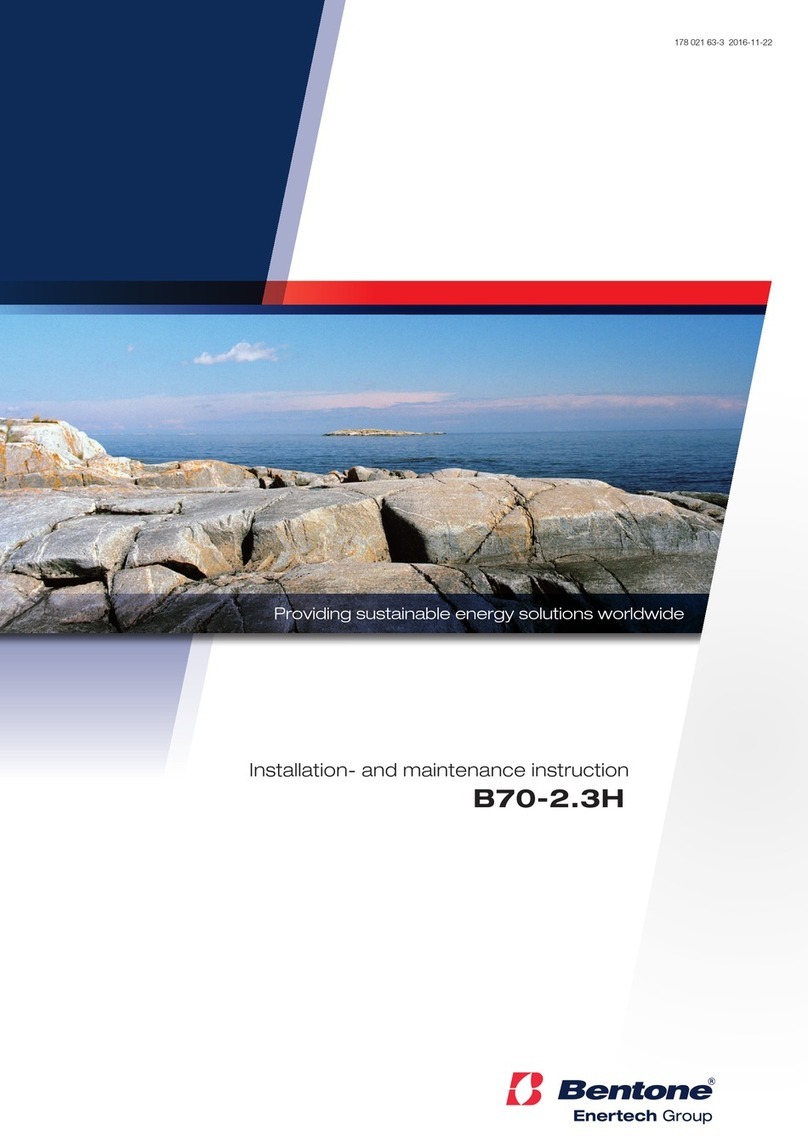Enertech Nu-Way NG Series Instruction Manual




















This manual suits for next models
9
Table of contents
Other Enertech Burner manuals
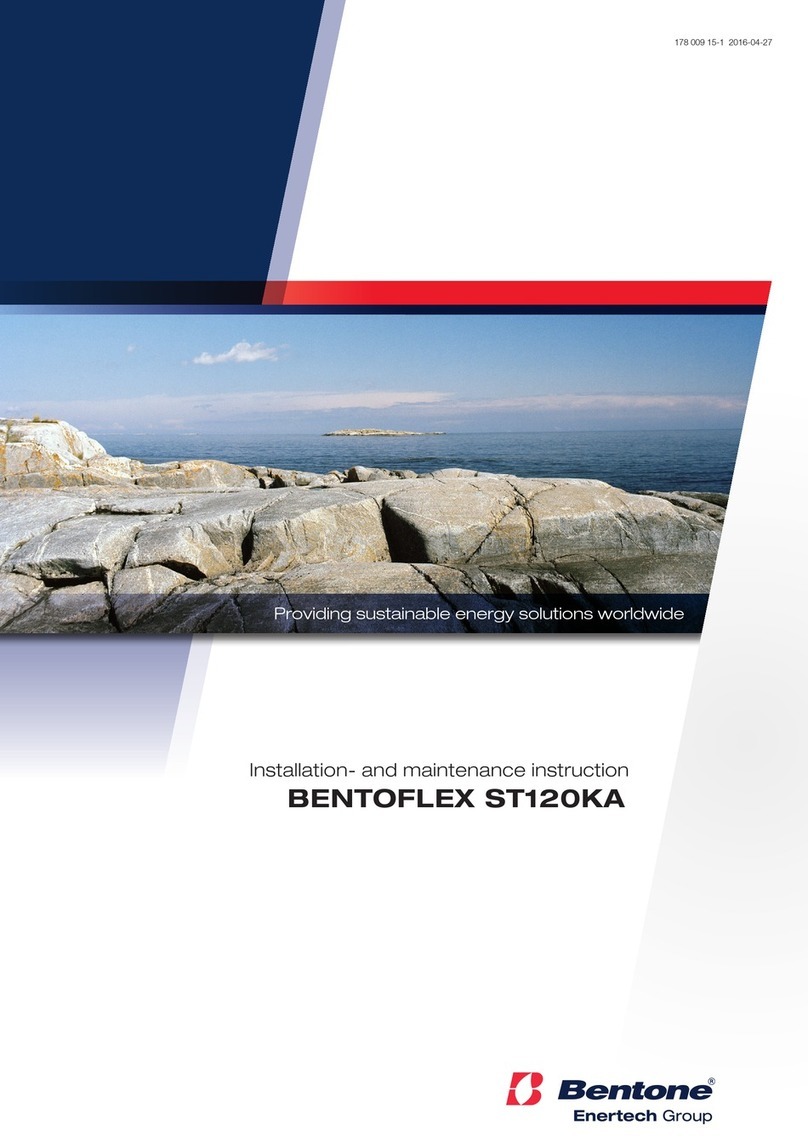
Enertech
Enertech Bentone BENTOFLEX ST120KA Technical specifications
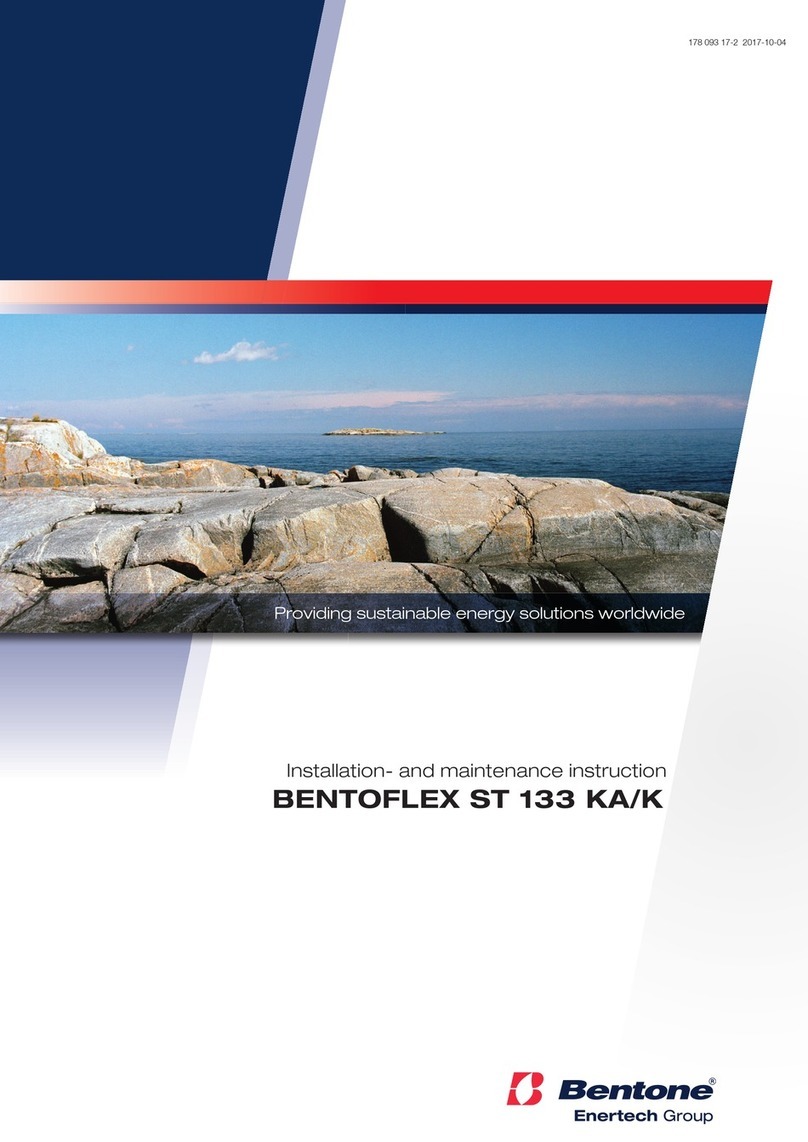
Enertech
Enertech Bentone BENTOFLEX ST 133 KA/K Technical specifications
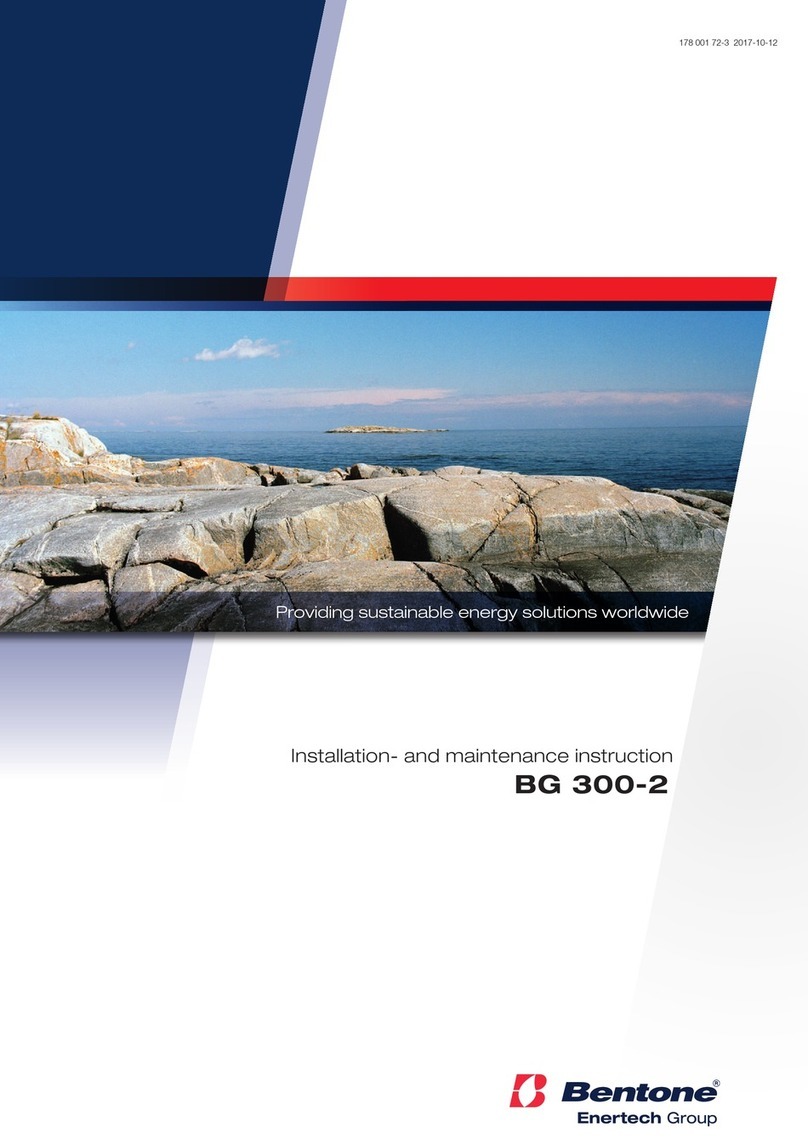
Enertech
Enertech Bentone BG 300-2 Technical specifications
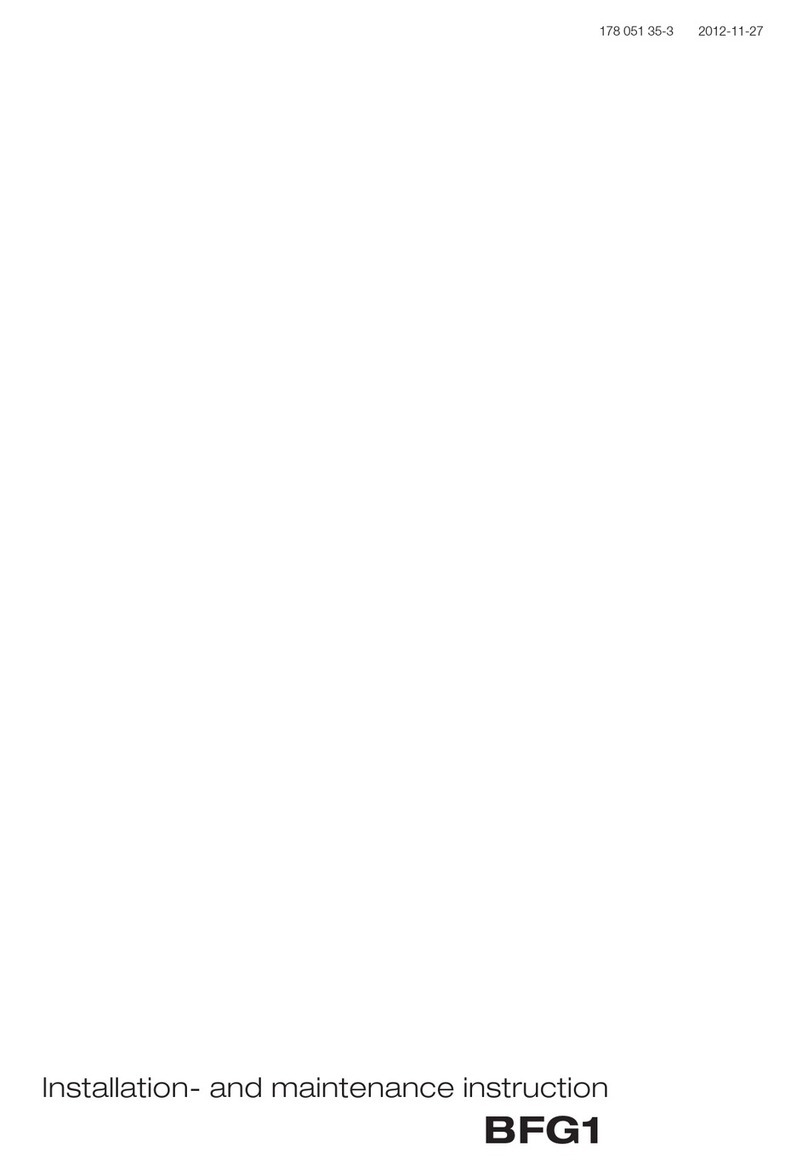
Enertech
Enertech Bentone BFG1 User manual
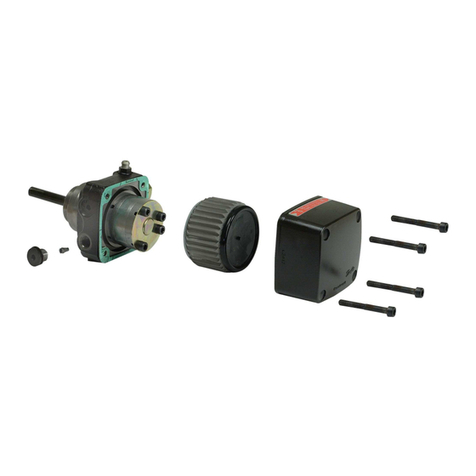
Enertech
Enertech Bentone B60-2FH Technical specifications
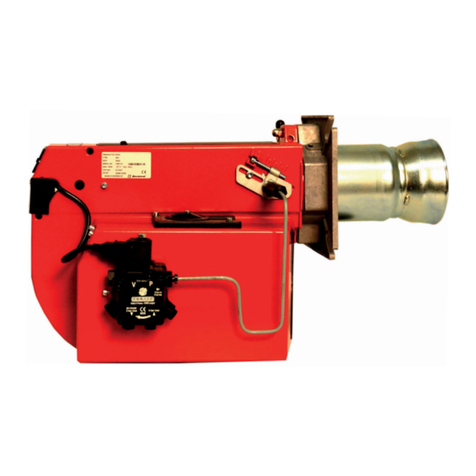
Enertech
Enertech Bentone B40A Technical specifications

Enertech
Enertech Nu-Way Owner's manual
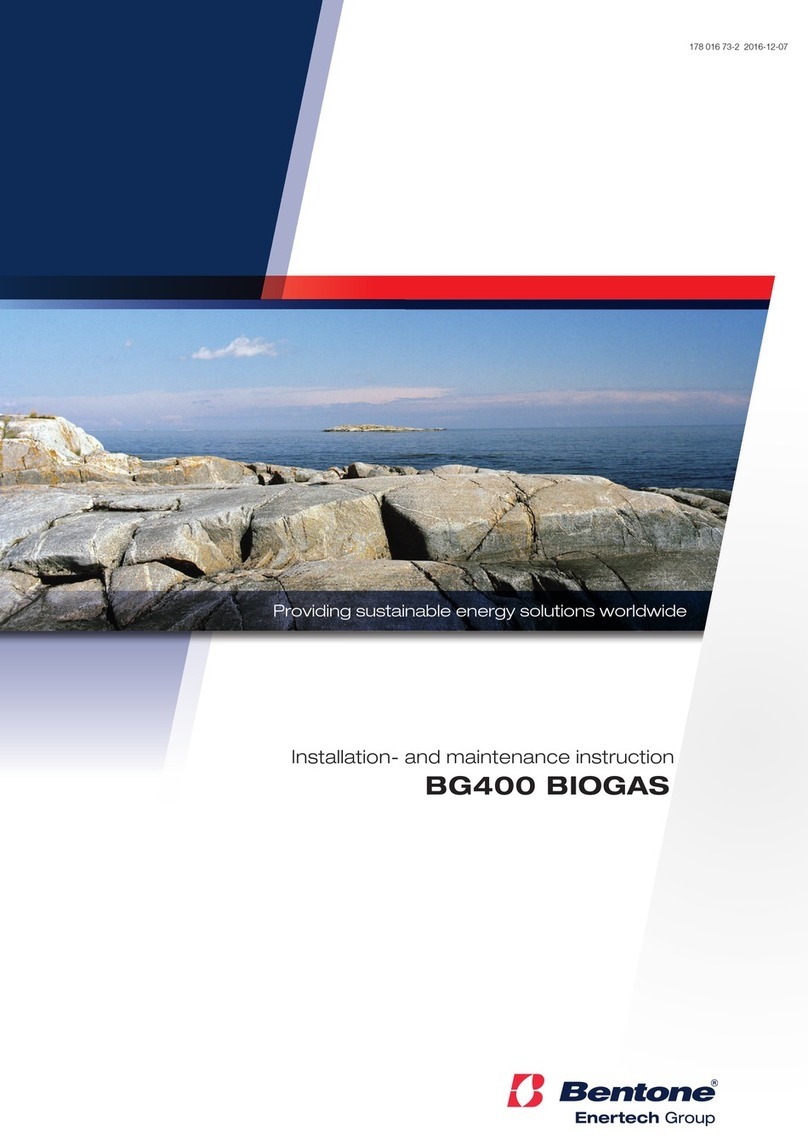
Enertech
Enertech Bentone BG400 User manual

Enertech
Enertech Bentone BG400 Technical specifications

Enertech
Enertech BENTOFLEX ST108FUV Technical specifications
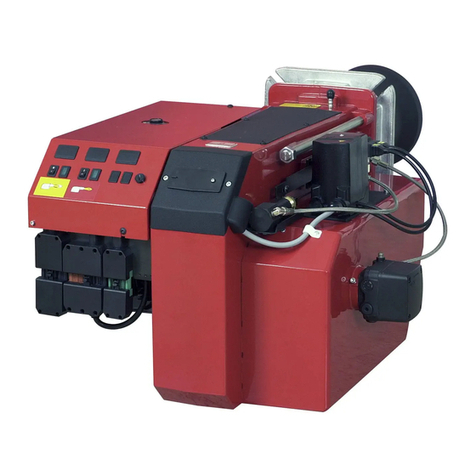
Enertech
Enertech Bentone B65 RME Technical specifications

Enertech
Enertech Nu-Way MG1190-LN T3D Instruction Manual

Enertech
Enertech Bentone BFG1 Technical specifications

Enertech
Enertech Nu-Way G200 Universal Instruction Manual

Enertech
Enertech Bentone B1FUV Classic Technical specifications

Enertech
Enertech Nu-Way MGN 190 T1L Instruction Manual
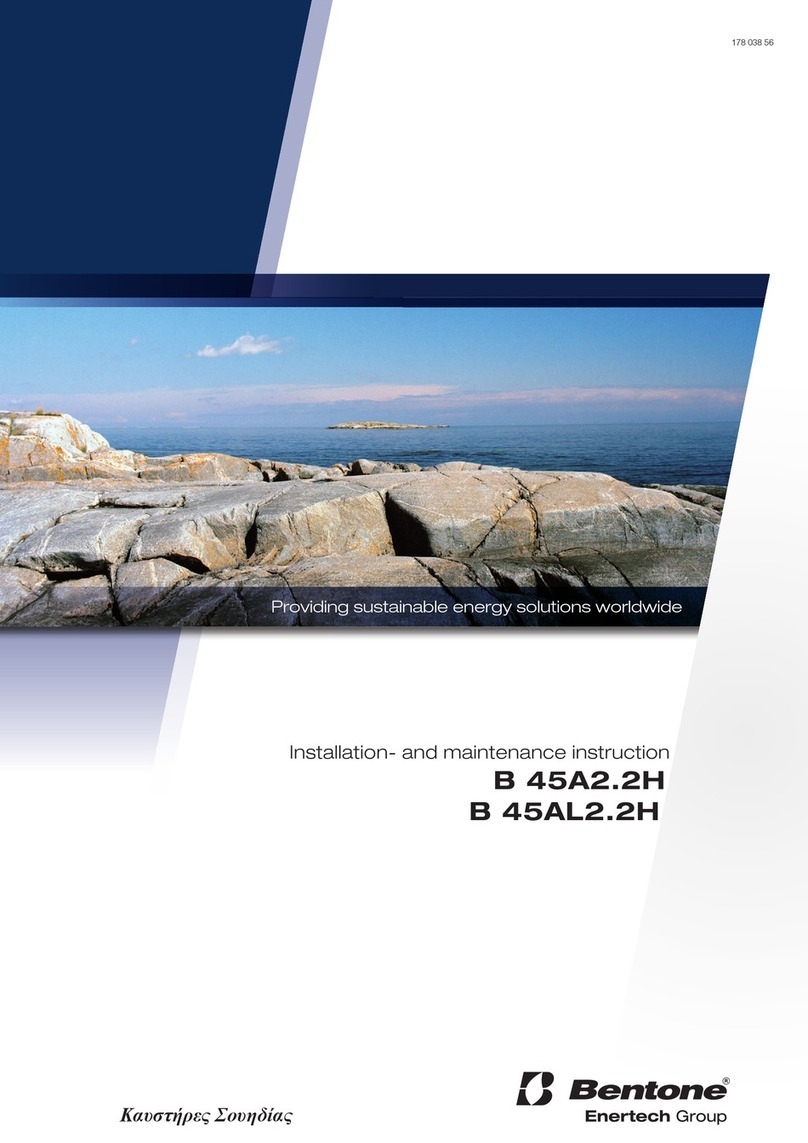
Enertech
Enertech Bentone B 45A2.2H Technical specifications

Enertech
Enertech Bentone BG 550 CN Technical specifications

Enertech
Enertech Nu-way MOL795 T3N 273 3R Technical specifications

Enertech
Enertech Bentone B2S Classic Technical specifications
Popular Burner manuals by other brands

Riello
Riello RS 190 Installation, use and maintenance instructions
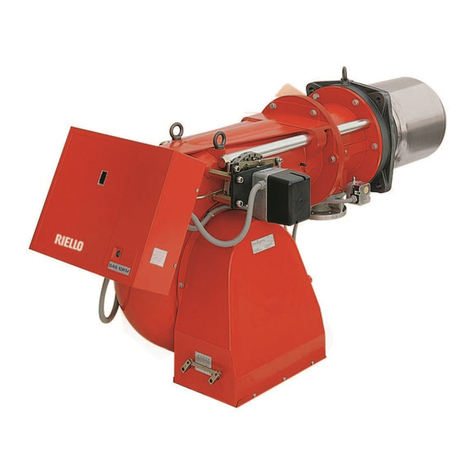
Riello
Riello GAS 3 Installation, use and maintenance instructions
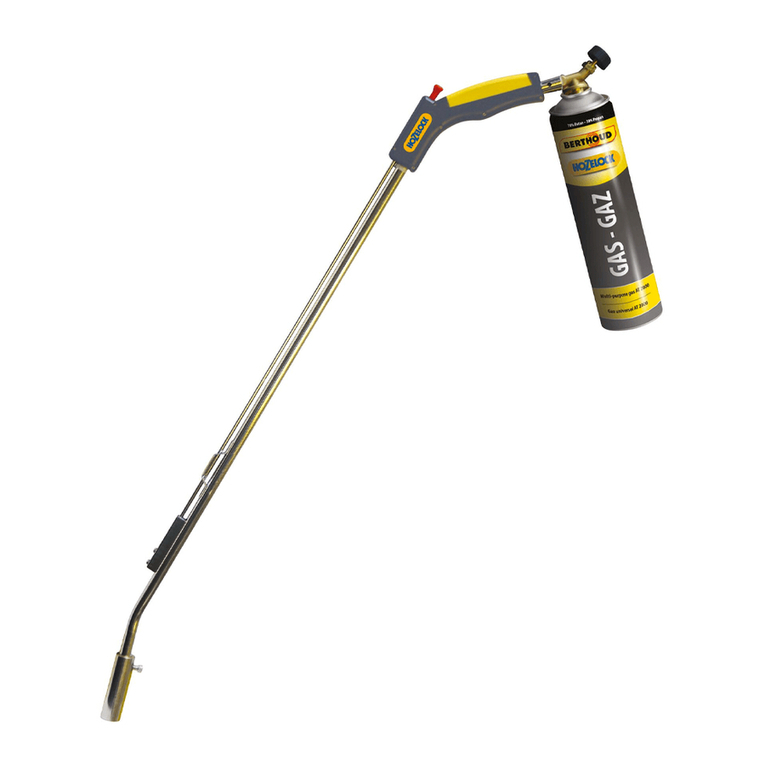
Hozelock
Hozelock 4187 manual

Riello
Riello 3473784 Installation, use and maintenance instructions

Jackson Grills
Jackson Grills JGSBDBL-LP owner's manual
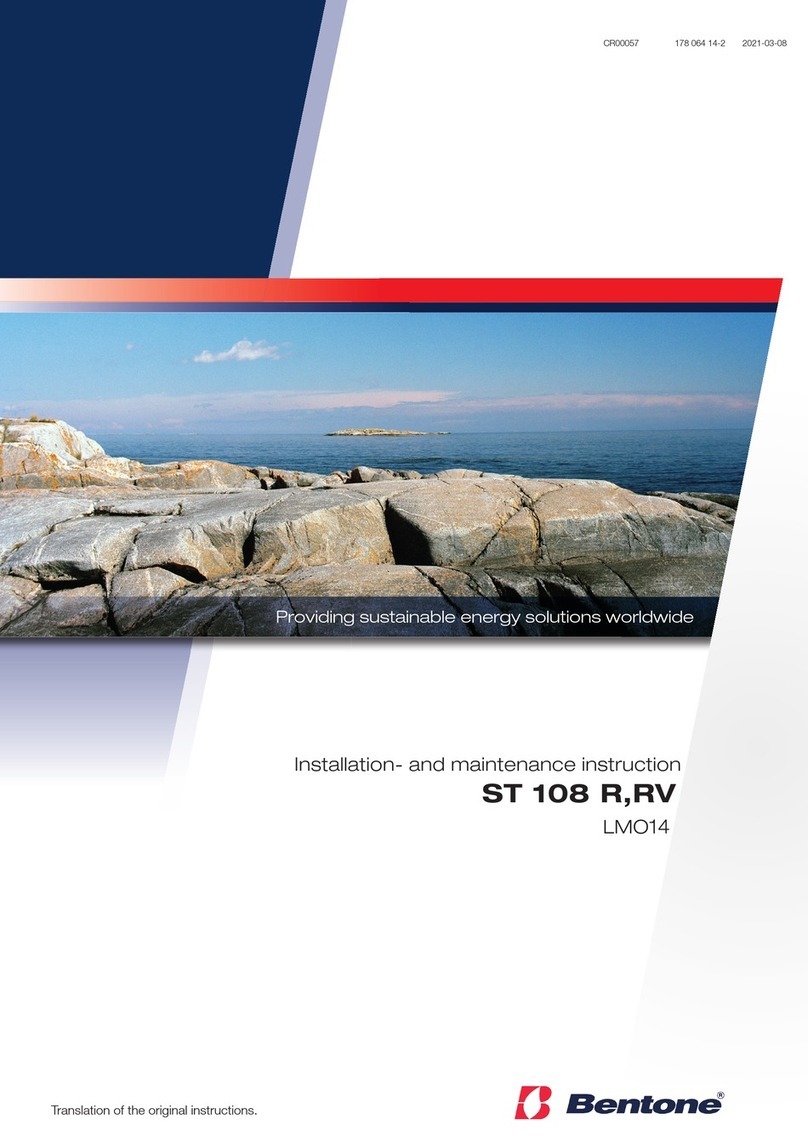
Bentone
Bentone ST 108 R Installation and maintenance instruction
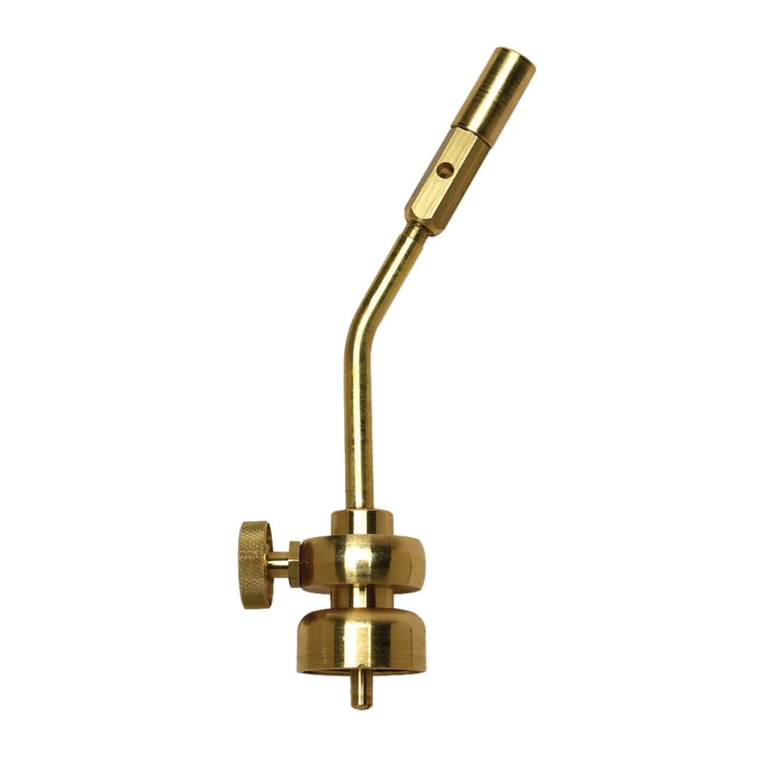
Mag-Torch
Mag-Torch MT200C instruction manual
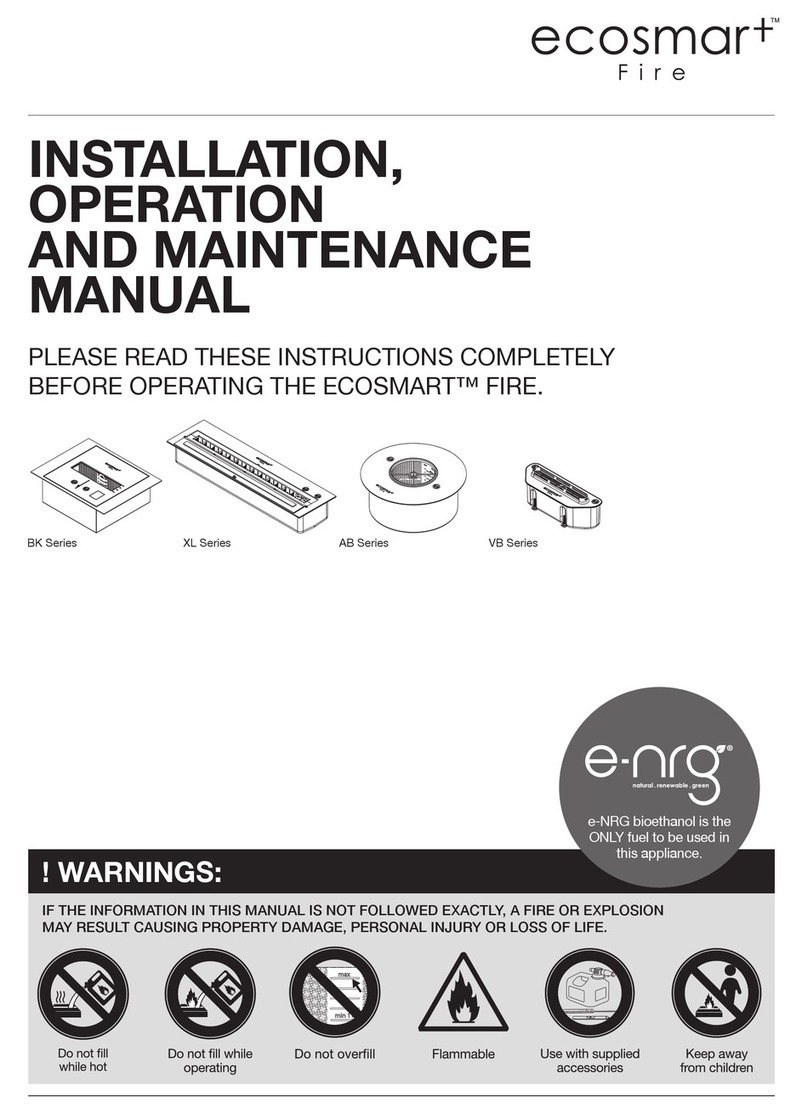
Eco-Smart
Eco-Smart AB Series Installation, operation and maintenance manual
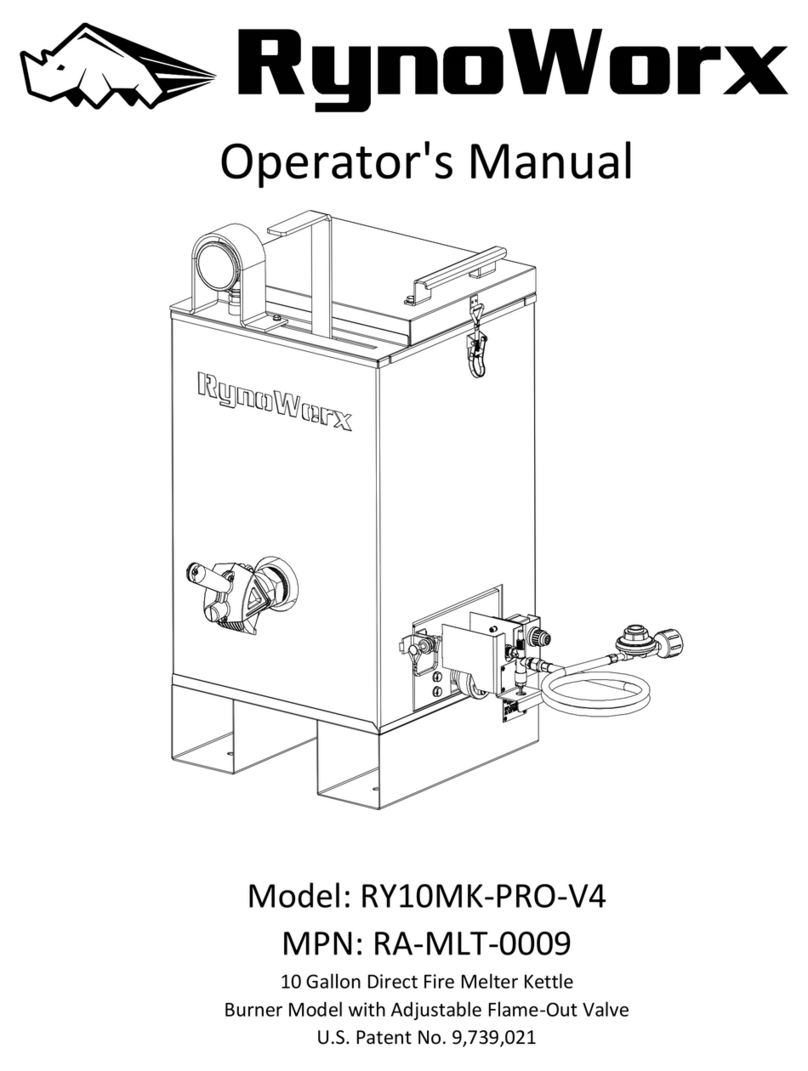
RYNO WORX
RYNO WORX RY10MK-PRO-V4 Operator's manual
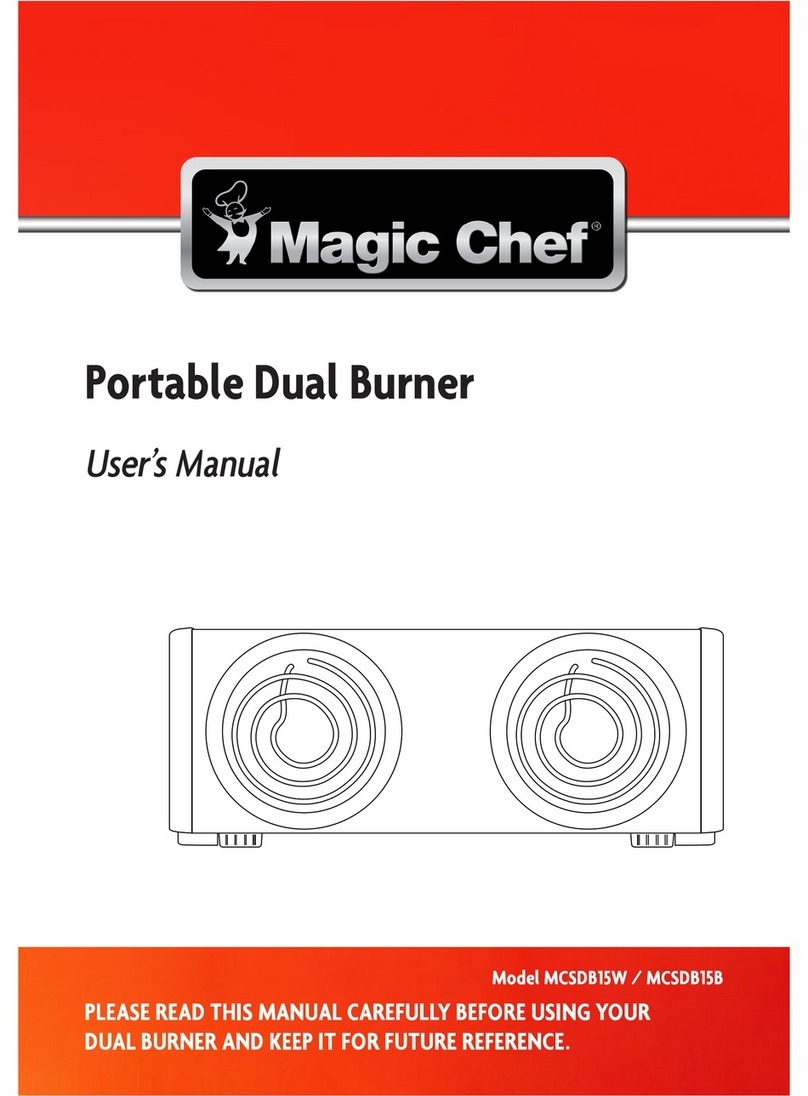
Magic Chef
Magic Chef MCSDB15W user manual
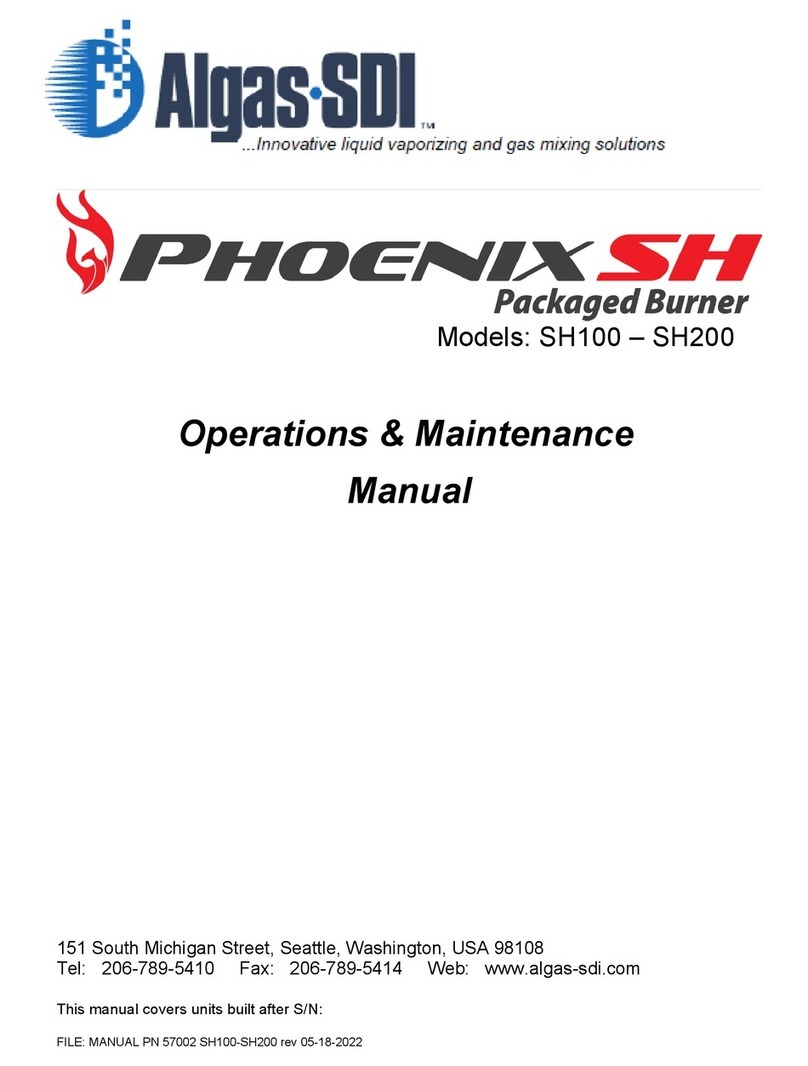
Algas SDI
Algas SDI Phoenix SH Operation & maintenance manual

PROPOINT
PROPOINT 8933640 manual
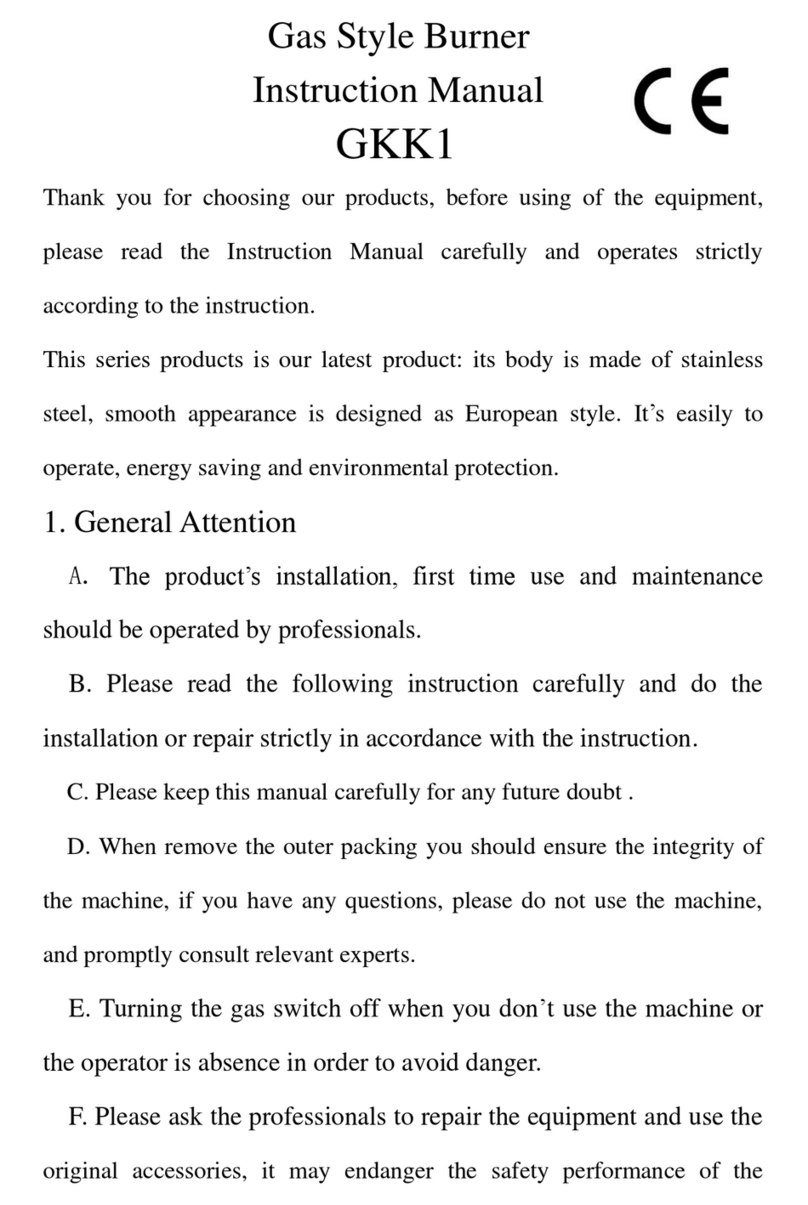
GGM gastro
GGM gastro GKK1 instruction manual
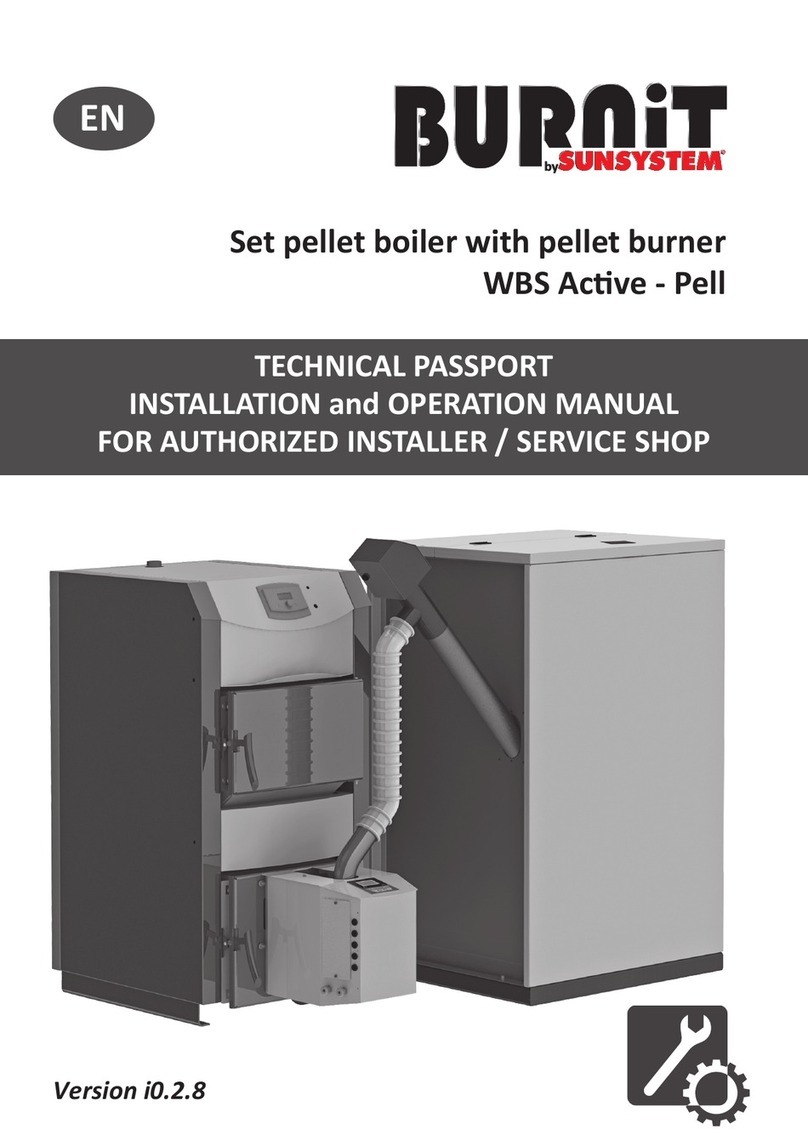
Sunsystem
Sunsystem WBS-A 20 manual
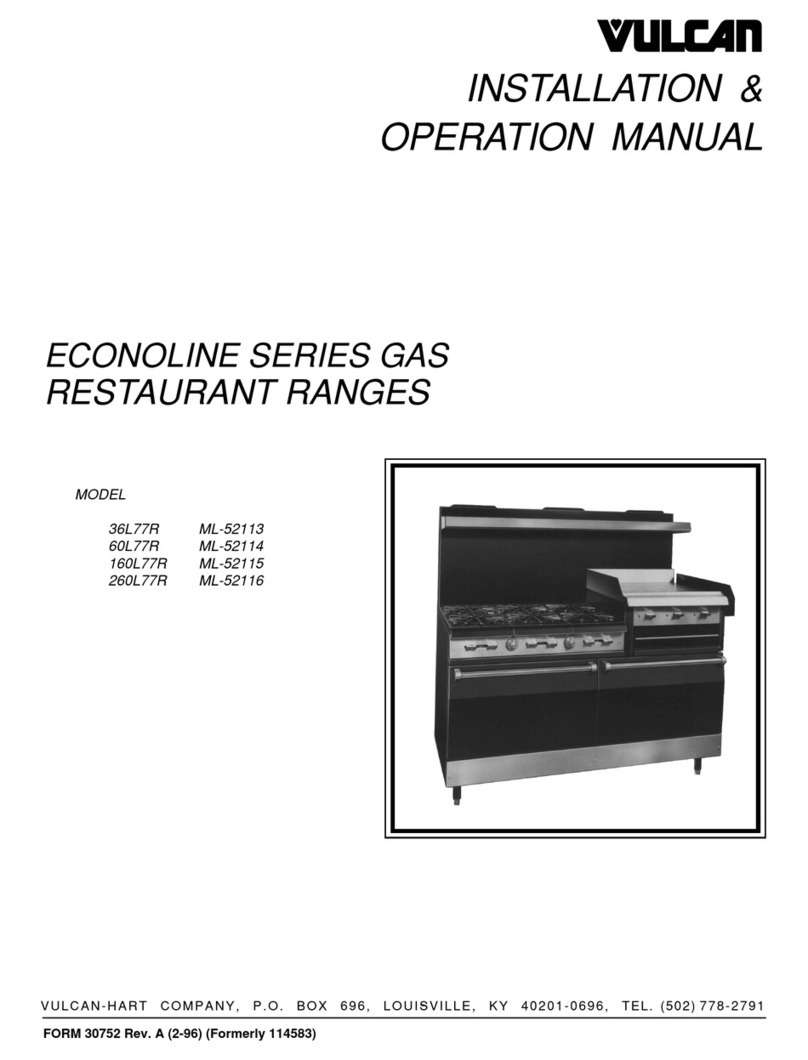
Vulcan-Hart
Vulcan-Hart ECONOLINE Series Installation & operation manual
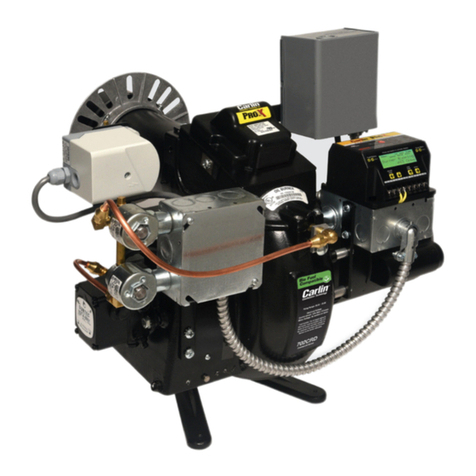
Carlin
Carlin 702CRD instruction manual
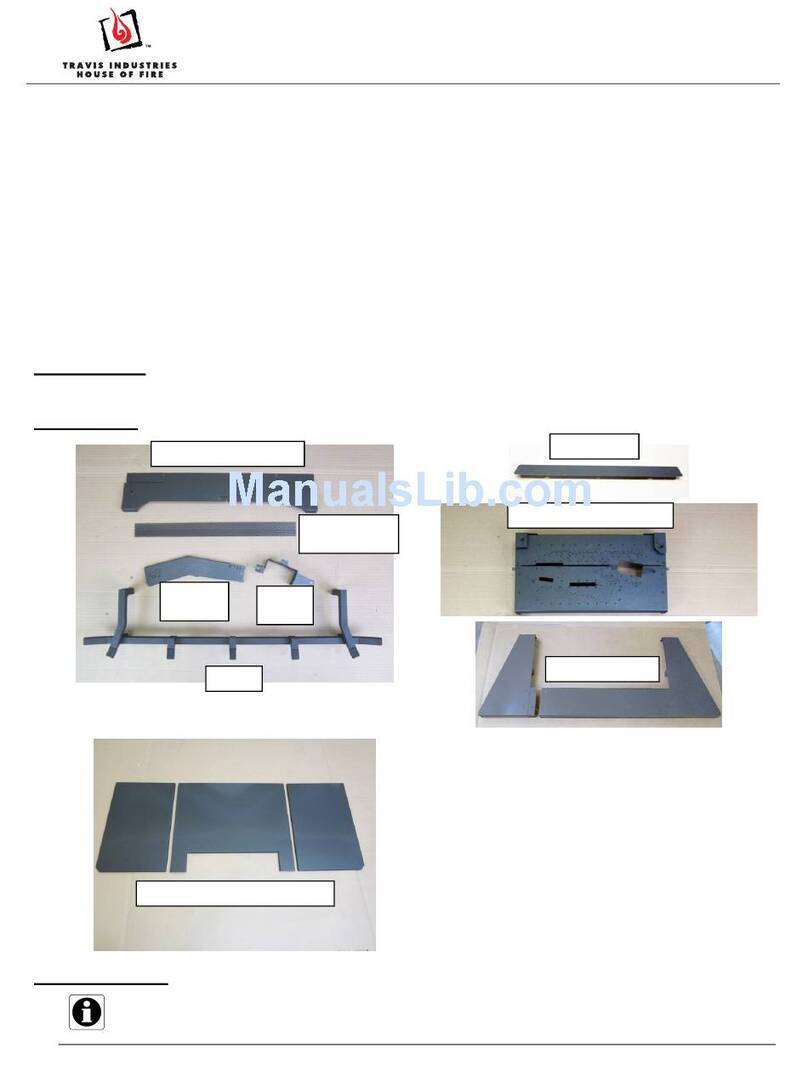
Travis Industries
Travis Industries 864 HO NB installation instructions
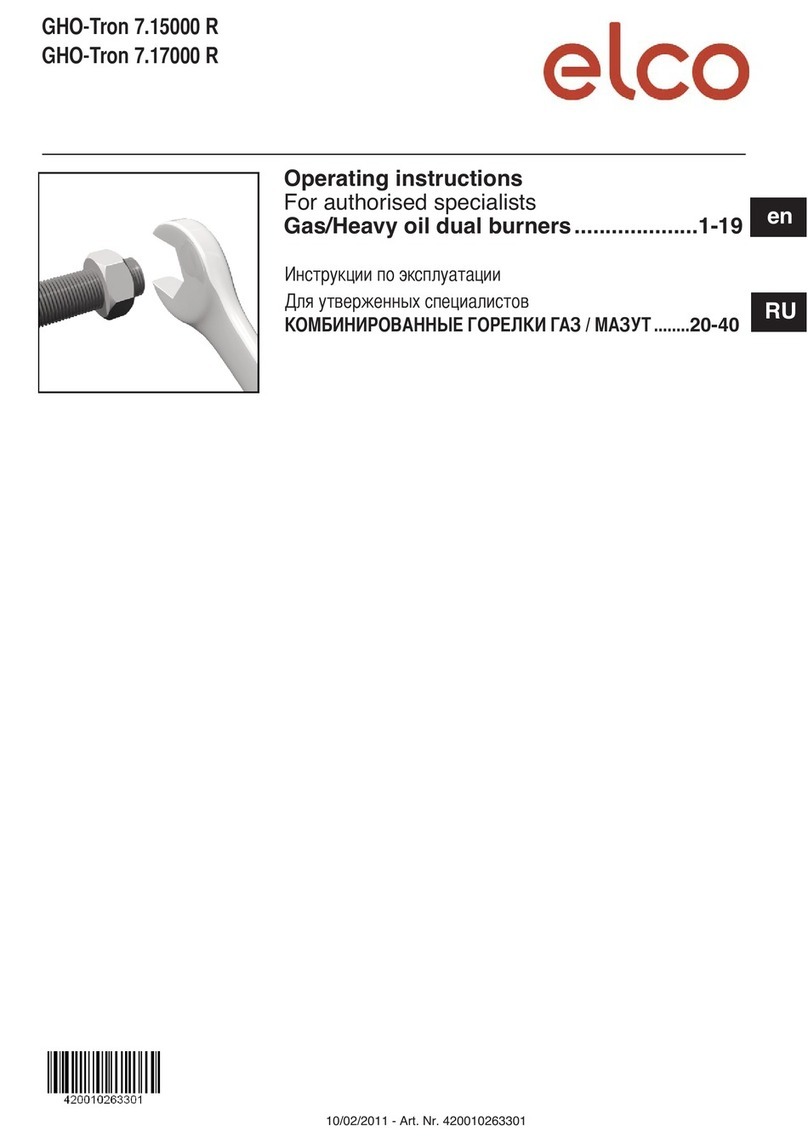
elco
elco GHO-Tron 7.15000 R operating instructions
